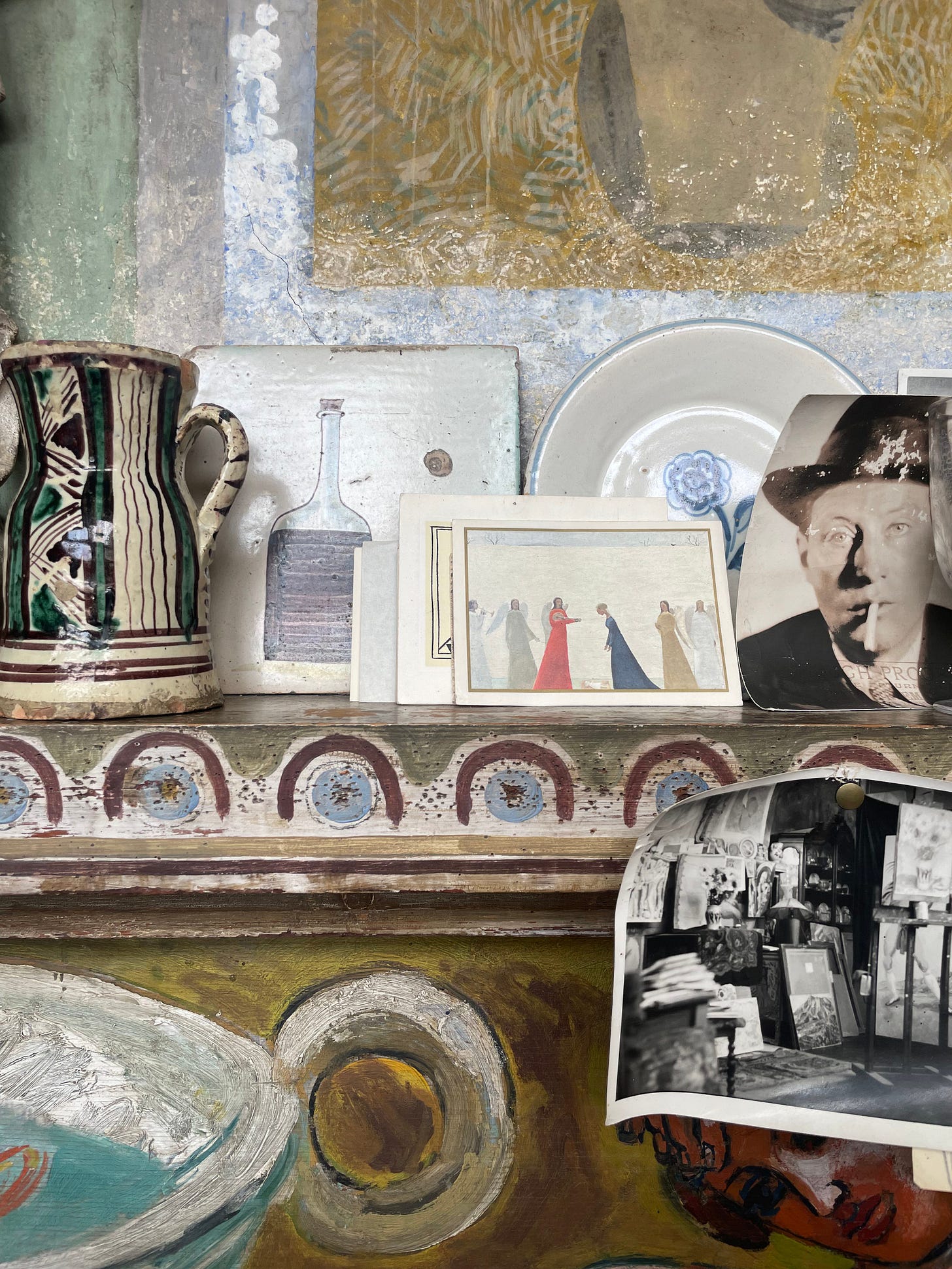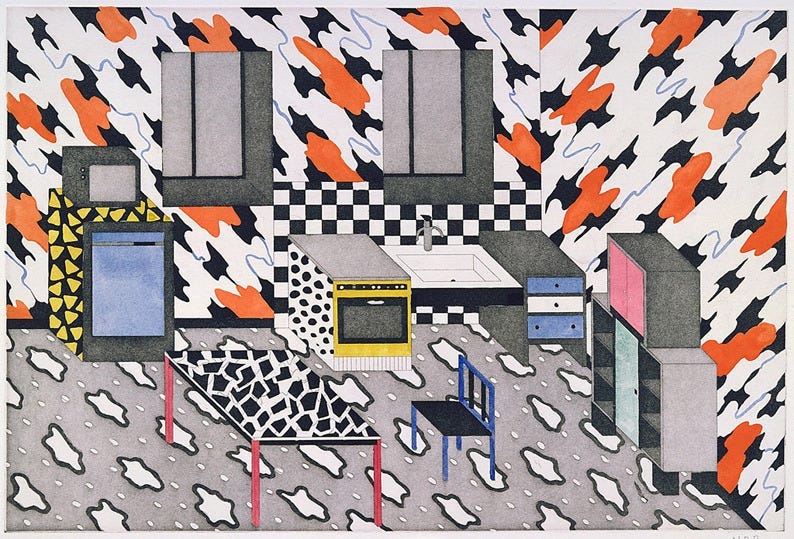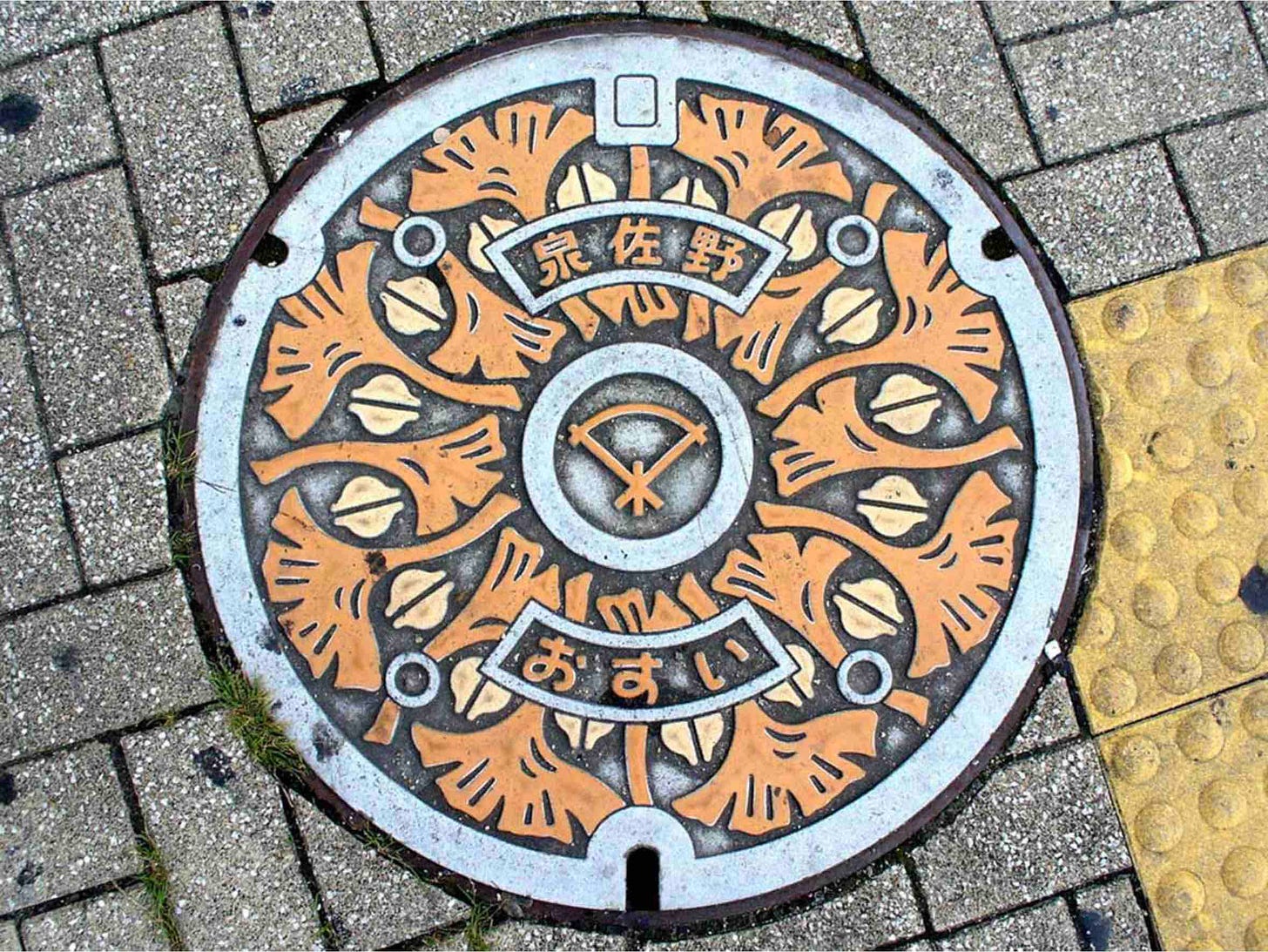Hello! This week we’re in a reflective mood at Design Lobster HQ, so we’re stepping back to review some of the most interesting ideas about design that we’ve heard over the past few months.
I hope they'll spark inspiration and take your work in new directions over the coming weeks ✨
You can see the last roundup of ideas here and another one from 2022 here.
1. Embrace the obvious
The word obvious often carries a negative connotation. You might have heard its sting in the salty retort "Thank you, Captain Obvious” or other similar burns. But when designing something, being obvious can be just as challenging as being interesting, and both demand a similar creative mindset. The key is to perceive things as they truly are and retain this freshness of vision throughout the design process, even as complexity mounts.
It’s interesting to contrast how writers and designers approach the obvious. A writer might recoil from an obvious turn of phrase (we call these clichés) and instead reach for a surprising metaphor to keep their text engaging. A designer on the other hand might pursue the obvious doggedly as they eliminate what’s unnecessary and reduce their design to only the essential.
👀 More in my essay: Captain Obvious
2. Make people look good
In the 17th and 18th centuries, polite society faced a daily balancing act – stay close to the fire and keep warm, but not so close that your make-up began to slide down your face. Back then, both men and women sported waxy makeup to hide smallpox scars, and this often had lead in it, which released toxic fumes when it warmed up.
To resolve this tension, pole screens such as the one above became a regular fixture in households. A wicker or embroidery screen could be lifted and fixed at any height on a long wooden pole, allowing a sitter to site close by the fire with no risk of any melting mishaps.
The lesson for designers is remember that people use design that makes them look good to others. A little bit of flattery never hurts.
🔥 More fiery design in Design Lobster #136
3. Seek bad ideas

Designers often preach that "There's no such thing as a bad idea" to encourage a more open brainstorming, believing that embracing or at least tolerating bad ideas at the start leads to wider exploration, challenging assumptions, and better solutions. But for newcomers, like a junior designer I recently mentored, it can be hard to grasp. I used a topographic map analogy, explaining that to find the best solutions, you must explore a wide area, even if it means navigating deep canyons. Examples from r/badUIbattles subreddit demonstrate the creative potential in deliberately bad designs, sparking fresh ideas in interface design.
😱 More bad design in Design Lobster #137
4. Dwell on things
In today's fast-paced world, we can be guilty of not allowing ourselves to slow down and think deeply. In his book Where Good Ideas Come From Steven Johnson introduces the idea of a slow hunch - a nebulous idea that evolves slowly into a groundbreaking insight, sometimes across decades.
The lengthy incubation of a slow hunch has three specific benefits. Firstly it simply allows more connections to be made with the existing knowledge networks in your brain, so you can approach a particular problem from different angles. Secondly, carrying an idea for a while can also lead to selective forgetting, which helps release your thinking from a conventional pattern. Lastly, these processes set the scene for a restructuring of the original problem that might lead to a dazzling insight or original idea.
🧠 More slow thoughts in Design Lobster #135
5. Get good at hosting
The design of software is deeply rooted in psychology and UX designers intentionally employ behavioural science insights, from availability bias to anchoring, to subtly influence users' choices. All too often this can manifest as 'dark' or 'deceptive' patterns, manipulating users to actions that are in business rather than user interests.
It’s worth wondering though about a different world, where we use these techniques to further collective or public-spirited goals. Obviously, we wouldn’t want this world to cross the line into social engineering, but historical designs like the Murano glass goblet and the Malinese Toguna suggest how our digital spaces might be a little more assertive about the behaviour they expect and then influence through subtle design choices.
🍽️ Much more in my essay: Manners by Design
Enjoying Design Lobster? Share it with a friend, colleague or fellow designer 🤲🦞
6. Elevate something ordinary
Japanese streets often surprise foreign visitors with their unexpectedly well-maintained urban infrastructure. One especially interesting example comes in the form of the manhole covers which showcase regional stories through their intricate stamped design. Unlike elsewhere, where such objects are treated as utilities, In Japan they are elevated to become so-called “street jewellery”.
Born from a 1980s PR move to support sewage system upgrades, these artful covers ignited "drainspotting" as a form of tourism and there are even collectible cards available for some designs. The manhole covers are an inspiring examples of how beloved ordinary things can become when shown a little design love.
🪑 Design Lobster #140 is full of surprisingly ordinary design
7. Pickle yourself

In an Infospace, like Einstein’s study or Rosa Bonheur’s studio, creativity thrives amidst apparent chaos. These environments immerse occupants in inspirational material, sparking connections between diverse ideas.
Having information physically present around you in space activates more of your brain, boosting engagement in problem-solving and creative endeavours. It's like marinating yourself in inspiration, and anyone can do it, even if your Infospace is just a pinboard or a few favourite trinkets.
🗺️ More Infospaces in Design Lobster #135
8. Love what others overlook

Sculptor Andy Goldsworthy uses ephemeral materials like leaves or ice to craft intricate compositions, organizing them by color, size, and texture to surreal effect. His artworks can feel like spontaneous natural phenomena, where ordinary elements have mysteriously rearranged themselves into symbolic forms like circles and halos.
While Andy’s art is sculpture, there are parallels here for us too. Designer must transform a messy context into something unexpectedly clear, useful or beautiful. That possibility of transfiguration is what makes design so exciting.
🍁 More ephemera in Design Lobster #134
9. Imbue every surface with a story

For me, designing pattern is a way to condense a state of mind, memory, aspirations and more without having to be too clever.”
—Nathalie du Pasquier
The 20th century Modern movement had struggled with the idea of decoration, but unabashedly PoMo designer Nathalie du Pasquier articulates its value here in refreshingly straightforward terms. Pattern allows us to connect visually with ideas, themes and feelings, enabling a kind of storytelling that doesn’t depend on text or the written word.
😵💫 Patterns galore in Design Lobster #138
10. Stop designing for a while
Designers often grapple with the paradox of being so intimately familiar with their creations that they can struggle to anticipate how others will perceive them. This phenomenon is known as the curse of knowledge. To overcome this, it’s essential to expose designs to fresh eyes by keeping your end-user involved in the design process. You can also simply step away from your work for a while to give yourself a chance to see what you’re doing from a different perspective.
🛌 More cursed knowledge in Design Lobster #139
Thanks for reading this special edition of Design Lobster. See you in a couple of weeks.
Ben 🦞
But before you go, a design remix…
Enjoyed this special edition? Let me know by clicking the heart button.
👇










